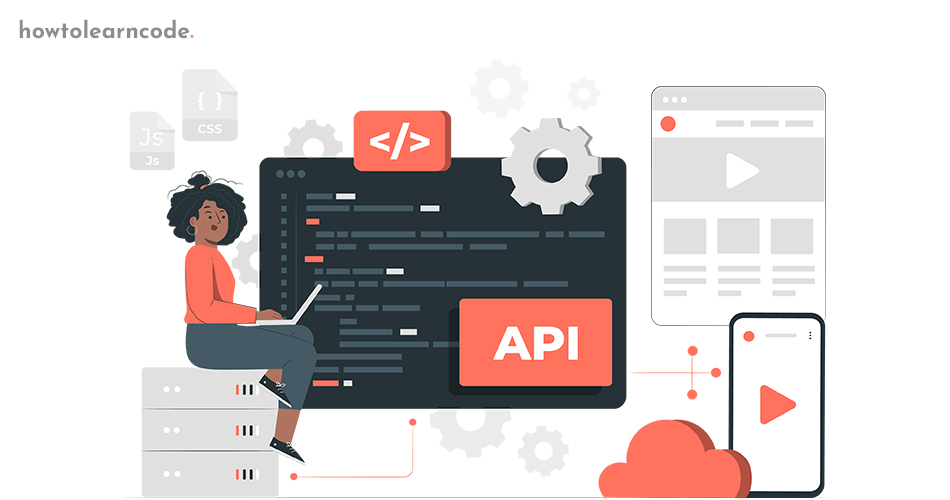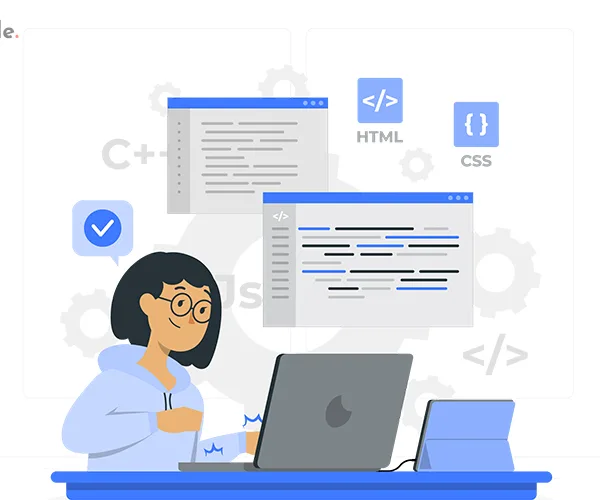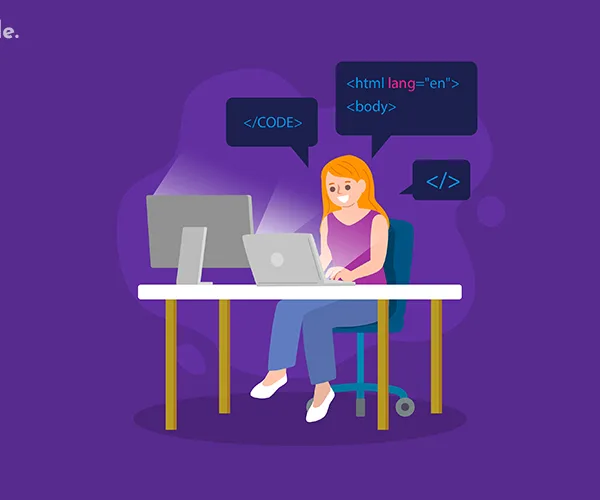“Dive into the intricate world of JavaScript with our comprehensive guide on data types and variables. Unravel the essentials to empower your web development journey. Explore the nuances and master the fundamentals for coding success.”
Table of Contents
Introduction
JavaScript, often hailed as the language of the web, is a powerful and versatile programming language that forms the backbone of dynamic web development. In this blog post, we embark on an enlightening journey through the intricate realm of JavaScript Data Types and Variables, unraveling the nuances that make this language so crucial in the world of web development.

I. Understanding the Basics:
Before delving into the specifics, let’s establish a solid foundation. JavaScript, being a loosely-typed language, allows variables to hold values of different types. These fundamental data types include:
a. Primitive Data Types:
- String: Used for textual data.
- Number: Represents numeric values.
- Boolean: Stores true/false values.
- Undefined: Represents an uninitialized variable.
- Null: Denotes the absence of a value.
b. Complex Data Types:
- Object: A composite data type, used to group related data.
- Array: An ordered list of values, facilitating the storage of multiple items in a single variable.
c. Special Data Types:
- Symbol: Introduced in ECMAScript 6, representing a unique identifier.
II. Variables and Declarations:
Now, let’s shift our focus to variables – containers that store and manage data. In JavaScript, variables are declared using the var, let, or const keywords. The choice of the keyword impacts the variable’s scope and mutability.
a. var:
- Historically used for variable declaration.
- Has a function-scoped or globally-scoped nature.
- Prone to hoisting, where variable declarations are moved to the top of their containing scope.
b. let:
- Introduced in ECMAScript 6, offering block-scoping.
- Provides a more controlled and predictable scope than
var. - Useful for variables that need to be reassigned.
c. const:
- Declares constants with block-scoping.
- Implies immutability, making it ideal for values that should not be reassigned.
- Offers a robust approach to prevent accidental variable mutations.
III. Understanding Type Conversion:
JavaScript also performs implicit and explicit type conversion. Implicit conversion occurs automatically, while explicit conversion involves manual intervention.
a. Implicit Type Conversion:
- JavaScript automatically converts values from one type to another when needed.
- This can lead to unexpected results, emphasizing the importance of understanding the language’s type coercion rules.
b. Explicit Type Conversion:
- Achieved through functions like
parseInt(),parseFloat(), andString(). - Provides control over how values are converted, enhancing predictability in your code.
IV. Common Pitfalls and Best Practices:
a. NaN (Not-a-Number):
- Caution is advised when dealing with numeric operations, as certain scenarios may result in NaN.
- Utilize functions like
isNaN()to handle NaN gracefully.
b. Null vs. Undefined:
- Understand the nuanced differences between
nullandundefined. nullis explicitly assigned by developers, whileundefineddenotes the absence of an assigned value.
c. Avoiding Global Variables:
- Minimize the use of global variables to prevent unintended interactions and potential bugs.
- Embrace encapsulation by defining variables within appropriate scopes.
FAQ
01. What are the fundamental data types in JavaScript?
JavaScript encompasses primitive types like String, Number, Boolean, and more.
02. How do variables differ in scope and mutability?
Variables can be declared using var, let, or const, each influencing scope and mutability.
03. What is the significance of type conversion in JavaScript?
JavaScript performs implicit and explicit type conversion, impacting code behavior.
04. Can you explain the nuances between null and undefined in JavaScript?
Null is explicitly assigned, while undefined signifies the absence of an assigned value.
05. How can developers avoid common pitfalls in JavaScript coding?
Best practices include minimizing global variables and understanding NaN in numeric operations.
Conclusion:
In conclusion, a solid grasp of JavaScript data types and variables is fundamental to writing robust and error-free code. This journey through the intricacies of data types, variable declarations, and type conversion provides a comprehensive understanding that will undoubtedly empower you on your coding endeavors.
As you navigate the vast landscape of web development, may this guide serve as a beacon, illuminating the path to mastery in the fascinating world of JavaScript. Happy coding!



